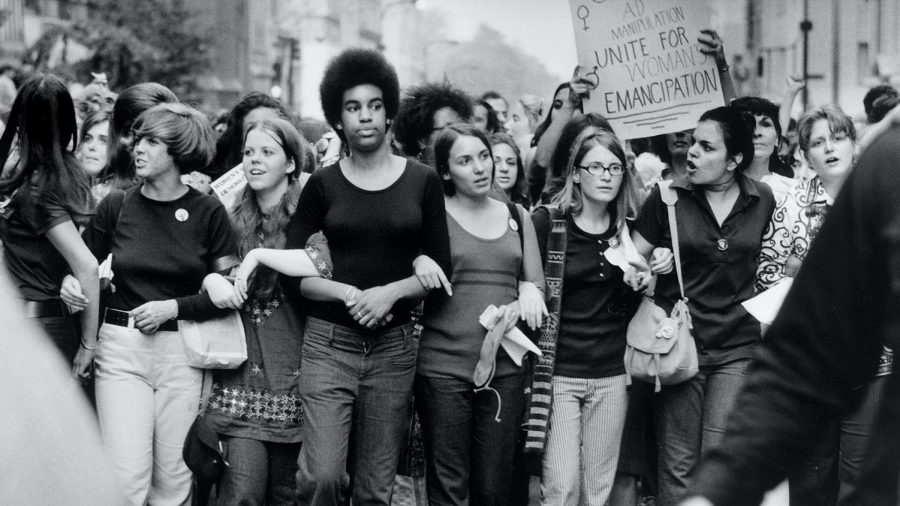Mainstream feminism needs improvement
Feminism is inherently anti-feminist if it does not include intersectionality
First-wave feminism sparked in the mid-1800s advocating for women’s rights, primarily women’s suffrage. Since then, feminism has expanded and addressed various issues women deal with, such as reproductive rights, sexual violence, workplace inequality, etc. Feminism has played a crucial role in dismantling much of gender inequality and gender roles. However, mainstream feminism needs to address and prioritize all women’s needs and recognize their contributions within the movement, no matter race, sexuality, etc.
Although intersectionality in feminism has increased since the first wave, there are still lengths to address women’s issues. The mainstream feminist movement has primarily benefited white, heterosexual, cisgender women the most while denying women of color, members of the LGBTQIA+ community, and more solutions to the specific problems they face.
(It is also important to note the different types of feminism that take place; they are not all the same, and therefore they do not have similar problems. This article’s focus is on mainstream feminism in the United States.)
Women of color face the intersection of racism and sexism, and the discrimination they face is unique.
Black women face higher police brutality rates and sexual and domestic violence from their partners compared to White women. Black women earn 65 cents, and Hispanic women earn 58 cents to a dollar earned by white men, whereas White women earn 82 cents to a dollar made by White men in 2015. In their professional and personal lives, women of color face negative stereotypes. For example, according to the Asian American Journal of Psychology, Asian women face stereotypes of being incapable of being in leadership positions.
Women in the LQBTQIA+ community also face the intersection between two types of discrimination: sexism and homophobia or transphobia (or both).
The health care industry may ignore Lesbian’s sexual health concerns due to the heteronormativity prevalent in the system. Additionally, Lesbians may face more mental health issues than heterosexual women.
Although feminism has broken many barriers for women, the movement needs to emphasize intersectionality. Not all women are on an equal playing field of oppression due to race, sexuality, etc.
Ways to solve this are recognizing the contributions of feminists of color and LGBTQIA+ feminists (ex. Sojourner Truth and Marsha P. Johnson) and educating others on the specific problems women of color and LGBTQIA+ women face. Social media, better access to education, and more can help spread awareness, promote solidarity, and expand the movement’s audience.






